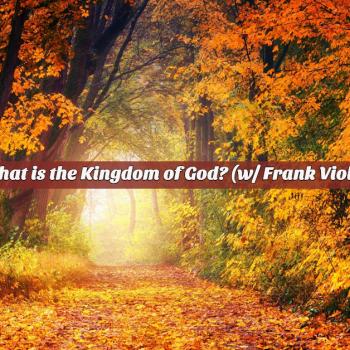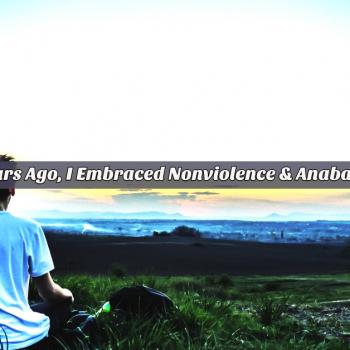In what follows, you will read an “academic paper” in which I explore some elements of open theism (the link is to a brief introduction to open theism). This is a view of God’s foreknowledge that is controversial, but still in the evangelical family of belief. The most well known Christian leader who holds to this view is Greg Boyd. This will be a nine part series.
—————————————————————–
Relationship to the Rest of the Hebrew Bible
Much could be said about the relationship of this text to the larger scope of the Hebrew Bible. Certainly, Abraham is the responder to the crisis of the rebellion of humanity. His family eventually did form a great nation with the potential to bless the world. Unfortunately, we know that Israel failed in such a vocation and was taken into exile. The prophets emerged proclaiming that a new day was coming. Shalom would be earth’s design once again. The early chapters of Genesis demonstrate that shalom is only possible in the context of God’s image bearers choosing to steward the whole of God’s world. Elmer Martens states: “The opening chapters of Genesis display on a wide canvas the movement of the world’s people’s. Beginning with Genesis 12, the spotlight turns to one family, and later to one nation; but the context, the world of nations remains.”[1] The reason the nations need to be “blessed” through Abraham’s family is so they will discover a harmonious relationship with God, other nations, and with the creation itself. This point is clear in Isaiah 66.22-23: “‘As the new heavens and the new earth that I make will endure… so will your name and descendants endure… all humankind will come…” The descendents of Israel will be remembered in renewed creation, and so will all other nations as well. This future day will be the consummation of the Abrahamic covenant.
The promises to Abraham were not lost for good even though his family failed in their priestly vocation to the world. Fulfillment would not be realized exactly as Israel would have liked, but through a single faithful Israelite man who embodied the covenant made with Abraham. Jesus, the suffering servant, would become the lamb that was slain on behalf of Israel, for the sake of the world. He climbed the mountain carrying his own wood for his own sacrifice as the “suffering servant” of God (Isaiah 53). Jesus demonstrated that God’s ongoing bind (because of human freedom and his commitment to restoration) ultimately made him choose to enter into real time and space and to break the power that sin had over his shalom project.
[1]. Martens, God’s Design: A Focus on Old Testament Theology (N. Richland Hills, Tex.: BIBAL Press, 1998), 290.












